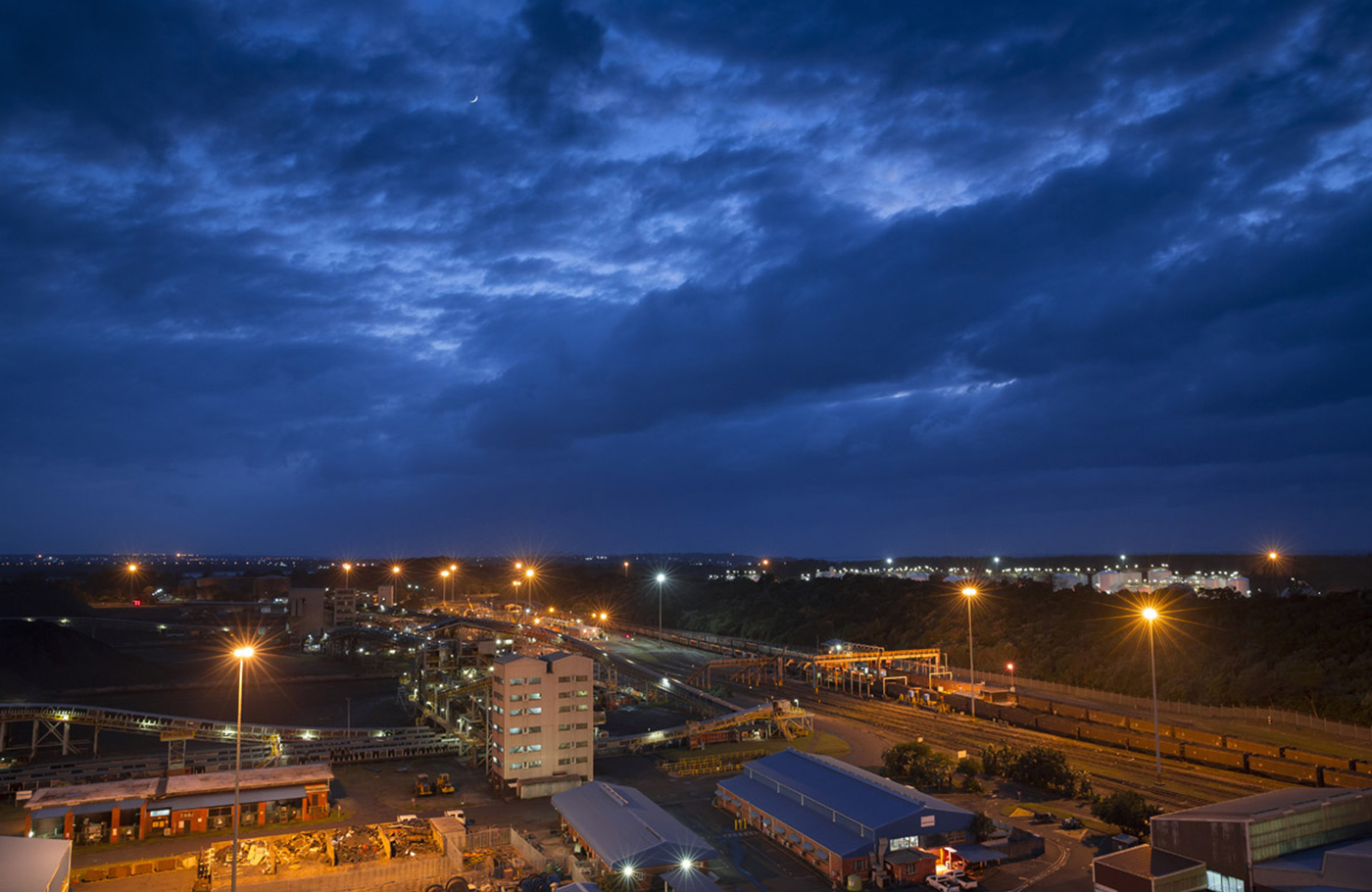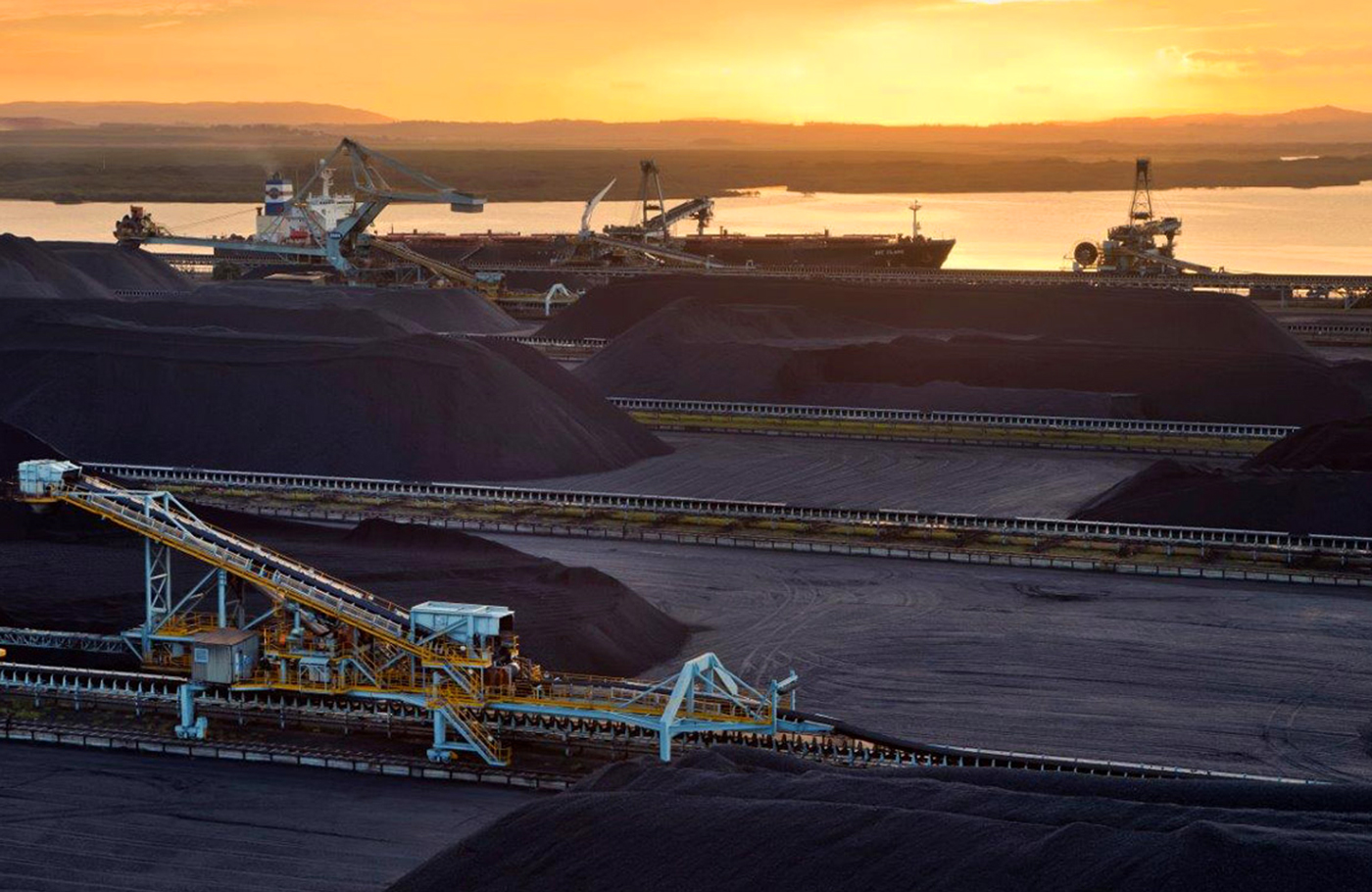Global trade at risk
Global trade at risk
Across most of the world, prosperity has increased, and standards of living and access to more consumer goods have been improved. Many people have been extricated from time-consuming manual labour. But these advances are at risk of being severely diminished – possibly even lost – warns CHRIS HATTINGH.
After the disruption caused by Covid-19 and associated government lockdowns, some governments are now being tempted to erect trade barriers in the form of higher tariffs, and undermine competition, cost-effectiveness, and freer trade by providing subsidies to industries and businesses that they deem “important”. Some might be falling for the fallacy that trade is “zero-sum”, but the citizens and businesses in those countries will lose out should protectionism take hold.
In the US, the Biden administration is pursuing a vast programme of subsidies for green energy innovation and investment. While this could work in creating some new jobs and enticing investment, it could also prop up ineffective businesses, protecting them from their shortcomings via the state assistance they receive. The global risk from this policy move is that European countries, especially, will try to counteract with their own forms of subsidies (and possibly tariffs) on American goods and inputs, thereby driving up costs across the board and lowering efficiency.
According to the World Bank, as of the end of January this year people in low- and middle-income countries have been the hardest hit by rising domestic food price inflation. Between September and December 2022, the data showed rates of increase above 5% in almost all economies. Should some of the ease of the last few decades’ trade wins be reversed, the costs of moving goods, materials and, most importantly, foodstuffs will also increase… and citizens in emerging markets will bear a higher burden thereof.
The easing of trade flows and lowering of barriers has helped to improve quality of life for millions of people around the world over the last 50 years. Should the world return to more protectionism, it will particularly be the emerging markets and their citizens who experience harsher living conditions and decreasing prospects for improving their lives. In South Africa, the more first-hand risk results from the government pursuing Localisation Master Plans.


These plans can entail higher tariffs on imported goods and inputs, thereby increasing the prices that local businesses and consumers have to pay. Because of inconsistent energy supply, the country’s own manufacturing base has steadily declined – resulting in an increased reliance on the import of manufactured, complex goods. By imposing more tariffs – and potentially making trade more expensive and difficult – the South African government could add to the inflationary, low-growth pressures faced by consumers and businesses on a daily basis.
As tempting as it might be to throw up the barriers to trade, the more prudent route would be to diversify exports and imports (as far and as much as is possible, within reason) and to push for more integration into global supply and value chains. The Africa Continental Free Trade Area (AfCFTA) is perhaps one of the premier examples of how this could be done; South Africa could and should be playing a leading role in this endeavour. While grand plans and promises are the talk of the day, the focus should be on where the “rubber meets the road” as it were: maintaining and upgrading basic infrastructure to facilitate as much trade as possible.
In 2022, the Richards Bay Coal Terminal experienced its worst performance in terms of coal exports since 1993. Last year, about 50 million tonnes were moved; in 1993, for comparison, the total was around 51 million tonnes. For 2020 and 2021, the totals were 70 million and 59 million tonnes respectively. The terminal was responsible for shipping around 70% of all South Africa’s coal exports leaving the country in 2022. When it underperforms, therefore, the country’s entire available coal exports suffer as a result. Cable theft and the low availability of locomotives are cited as two of the main reasons for the lower volume of exports. Industrial strike action also inhibited the terminal’s export potential – and cost the economy and fiscus as a whole. The SA Association of Freight Forwarders estimated that the 11-day strike in October 2022 resulted in the loss of an opportunity to move roughly R65.3 billion worth of goods.
If something as ambitious as the AfCFTA is to be realised in any sort of concrete manner, the very basics of rail and port operations in South Africa need to be fixed and put on a path of growth and ever more capacity. To reach that point, real private sector investment in terms of capital and skills development is required. This will likely only happen if that investment is not caught up in all kinds of bureaucratic interference, state requirements, and caveats that mean Transnet actually remains the “owner” and responsible party for new investments.
Richards Bay Coal Terminal: unpacked
The Richards Bay Coal Terminal (RBCT) – one of the leading coal export terminals in the world – was established in 1976 after the location was identified as the ideal port following feasibility studies, due to its natural lagoon and proximity to coal mines and related infrastructure.
Initially, the RBCT had a capacity of 12 million tonnes per annum. It has since expanded and grown into an advanced 24-hour operation, with a design capacity of 91 million tonnes per annum. The RBCT claims to provide South Africa’s coal exporting parties with a world-class logistics service that facilitates the export of coal.
The RBCT is positioned at one of the world’s deep seaports and handles large volumes of coal and vessels. The 276-hectare site currently boasts a quay that is 2.2 km long, six berths, and four ship loaders, with a stockyard capacity of 8.2 million tonnes per annum.
Coal is received from 65 collieries. According to its website, the terminal claims to share “a strong cooperative relationship with South Africa’s national utility, Transnet, which provides the railway services linking the coal mines to the port and the shipping coordination of more than 900 vessels per annum”. In reality, the facility is now highly dependent on trucks to deliver the coal.
Published by
Chris Hattingh
focusmagsa




